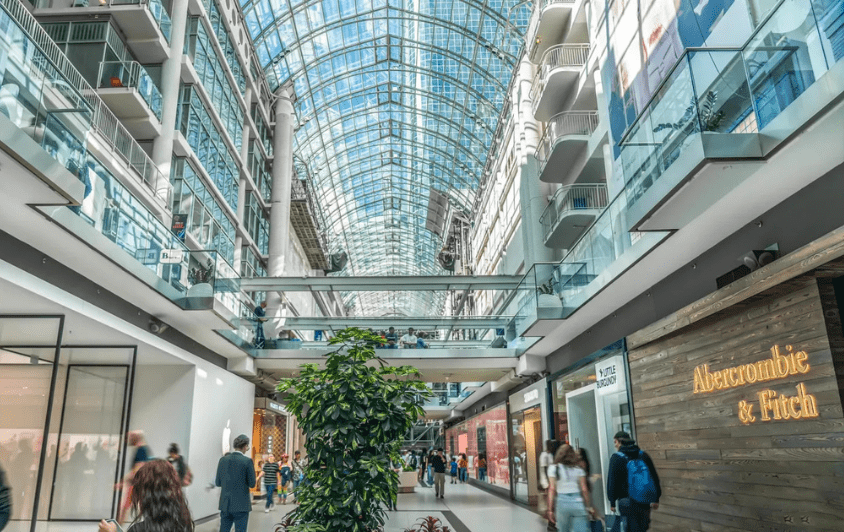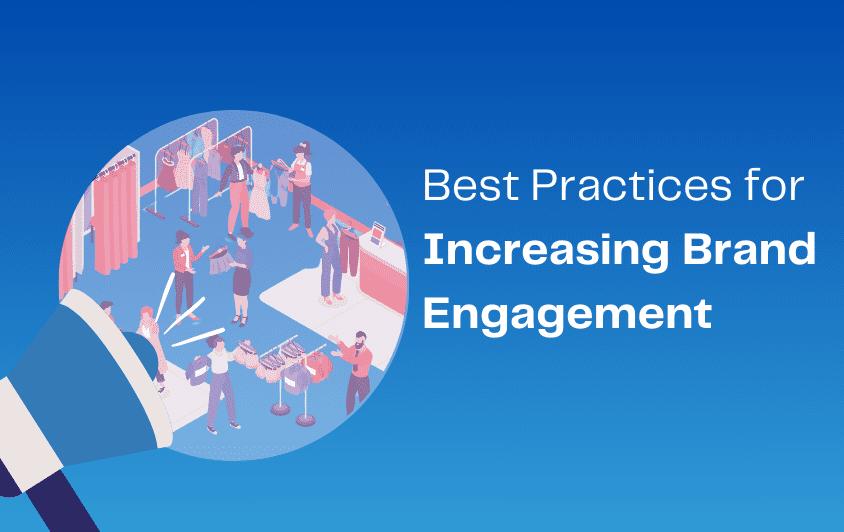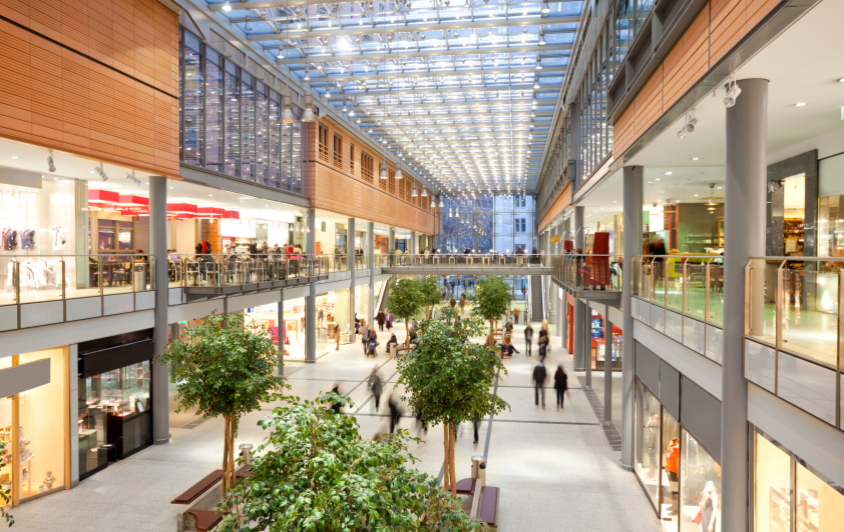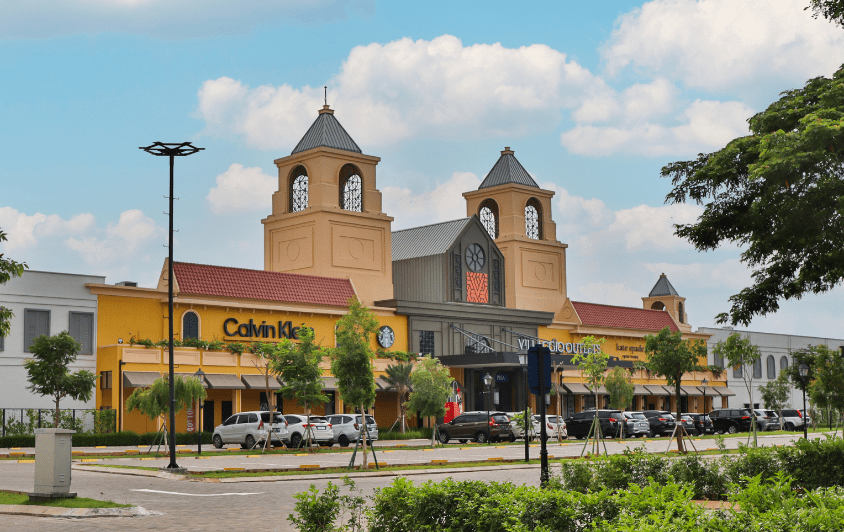The increase of footfall counters has provided marketers with a rich collection of insight into consumer behavior, such as when people visit, campaign effectiveness, and store performance.
However, as much as foot traffic data is important to optimize the placement of customer-facing staff, vending machines, adverts, or display booths for the most visibility, are marketers fighting the wrong battle? Yes. While keeping an eye on improving in-store conversion, marketers of shopping centers must do more to attract and influence shoppers before they enter a retail destination.
Don’t get me wrong. Data from in-store footfall counters is essential to determine and track one of the key metrics for retailers – a store’s conversion rate i.e. the percentage of customers who come into a store vs. the people who leave with a purchase – but it’s not enough today.
Though the numbers are turning around, a recent consumer survey from Coresight Research, undertaken on September 15, reveals 53% of shoppers continue to avoid a retail destination. (In July, this number was 66%.)
This means marketers must fight harder and spend what is left of the marketing budget to attract customers. This requires a new approach and looking beyond the confines of the physical building for success. There is a compelling financial reason to change, too.
Coniq estimates retail destinations are missing 40% in lost revenue by not converting passive shoppers into active customers. In other words, for every 10 shoppers that walk near your center, the inability to entice four of them to shop at your stores costs $2,400* in lost annual sales. (*This is based on driving four new customers into your retail destination, each spending $50 per visit, with 12 visits per year.)
How to grab the lost sales
So, how do you grab these lost sales? The answer lies in providing consumers with a truly holistic shopping experience. Instead of waiting until after a customer is in the store to influence their next purchasing decisions, you should engage and influence shoppers before they enter.
One effective way is location-based proximity marketing. By using customer behavior data, including purchasing preferences, sending highly personalized push notifications with relevant offers triggered automatically when shoppers break a geofence around your center will drive and convert unknown footfall into buying customers.
Proximity marketing with mobile apps
One reason geofencing works is that nearly everyone carries a mobile phone. For example, 78% of the population uses a smartphone. As a marketer, this device provides you with a vastly untapped market opportunity.
According to a Google, “How Mobile is Transforming the Shopping Experience in Stores,” frequent mobile shoppers spend 25% more in stores than those who occasionally use a mobile phone to help with shopping.
So, if you’re not using mobile to engage shoppers, you’re at a disadvantage – and not only because of lost sales. Mobile apps with location data will help you better understand customer behavior and enrich your customer data to deliver remarkable shopper experiences. Start using location-based proximity marketing solutions like IQ Connect that drive shoppers into your retail destination.
Retail destinations today face more competition than ever, making it challenging to attract and retain customers cost-effectively. Customer expectations are growing, too, driven by new digital technologies developed to enhance the shopping experience.
For these reasons, proximity marketing should be at the core of your customer engagement and loyalty strategy. Now is the time to act because you can bet your competitors will if you don’t. If in doubt, look out the window and watch the direction of pedestrian footfall.






